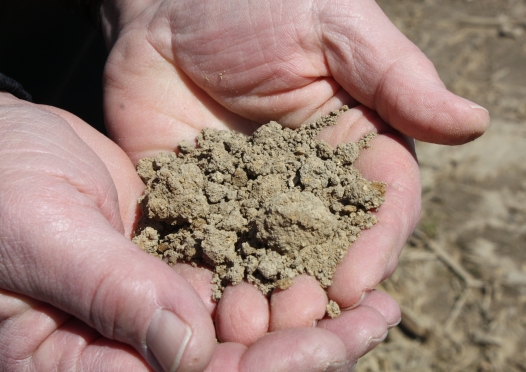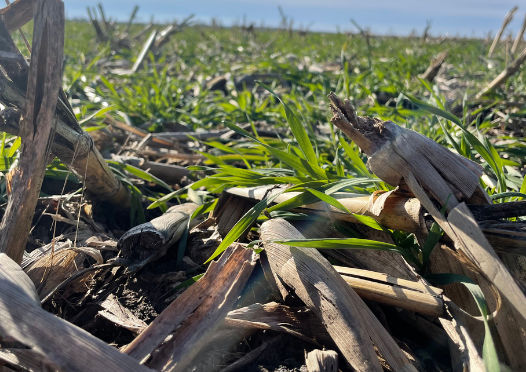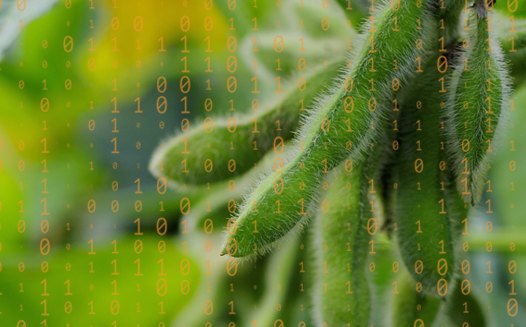ILSOYADVISOR POST
ASA: Carbon Market Snapshot
The American Soybean Association provided a snapshot for crop producers of the carbon market landscape as of April 2021. Most of the current opportunities are for pilot projects and are not operating fully as a market at this point. Payment amounts vary and can be practice-based (with a fixed amount paid for adoption of certain conservation practices) or outcome-based (providing an amount based on the quantity of carbon sequestered as estimated through models or measured in soil tests). Nori suggests using 0.2 to 1.5 tonnes of annual carbon dioxide sequestration per acre as a rule of thumb for recently adopted practices such as no-till or cover crops.
While there are some important questions to ask a carbon market representative before signing a contract provided below, keep in mind the sector is in its infancy. The companies in the marketplace range from large, well-known input suppliers to start-ups. Once you sell carbon credit through one of the companies, you are often making a long-term commitment with that company. Due to the general exclusiveness, new practice requirements, and carbon market rules to ensure offsets are not counted more than once, the enrolled acres will likely be ineligible to participate elsewhere at this point, even if the original company is no longer in the carbon marketplace.
If you are thinking about enrolling in one of the carbon marketplaces, consider the timing. If carbon offsets really take off in the future, the credits could be much more valuable at a later date. On the flip side, the landscape could change in a way that makes the credits in a voluntary offset market worthless. Some of the companies listed below purchase the credit immediately, while others allow you to hold it and sell it at a later date while also offering a floor price. The latter option allows you to participate now and potentially benefit if the markets take off. However, the credit is only good in the future if there are buyers and the company backing the credit is still around.
In short, there is quite a bit of uncertainty around voluntary carbon offset markets at this point. The information below should help when considering options but will change as the markets evolve.
Check out the Carbon Market Snapshot here to start comparing programs. Additionally, here are some questions you may want to ask carbon market representatives as we navigate this new market.
Questions to Ask Carbon Market Representatives
- How much is this going to cost?
- Am I required to implement any conservation practices, or meet any conservation baselines, to qualify?
- Do I own my project and/or any credits issued to it? What, exactly, is being purchased?
- Am I giving away my private farm operating data, and what can the aggregator, registry operator, or market administrator do with it?
- Who sets the prices my credits sell for?
- If a buyer pays $50 per ton for my credits, how much do I receive out of the amount paid? How fast and how do I get paid?
- Do I have to keep reporting farm operating data after the aggregator or credit buyers stop paying for credits? If so, for how long?
- What is my recourse if something goes wrong?
- What happens to my obligations and payments if the company exits the carbon market or goes bankrupt?
- Am I contractually bound to specific soil treatment, cropping, and/or livestock management practice, or not?
- Does a lien attach to my property?
- What is the company’s motivation?
- Are there strings attached? Is exclusivity required? Can I still participate in government conservation programs on the same acres?
- How transparent is the process? How flexible?
- Are there force majeure clauses. What happens if weather forces the use of tillage or prevents a cover crop from being planted?
- How will I be affected if the company revises its program?
- Will I be responsible to return any of the payments if the projected levels of sequestration are not attained?
Many of these questions are provided by Nori and TruTerra.





Comments
Add new comment